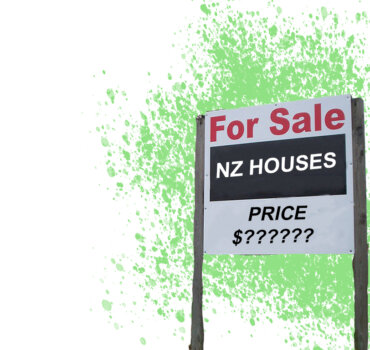
 By Peter Nicholl
By Peter Nicholl
Grant Robertson delivered the 2021 Budget on 20 May. Governments used to announce most of their new policies in their Annual Budget but nowadays Government policies are announced throughout the year. Most of the policies that were in this year’s Budget had been foreshadowed and weren’t surprises. The Government had delivered their surprises earlier in the year.
One major item in the Budget was a $3.3 billion boost to benefits. This boost had certainly been foreshadowed. There was also another substantial increase to health funding. But the biggest policy announcement in the health sector, a major restructuring of health sector management with the elimination of the DHBs, had been announced earlier in the year.
For me, the most interesting elements were the forecasts of the economy’s path over the next few years. Given the enormous uncertainties that forecasting has to deal with at present, they should probably be called ‘wish-lists’.
The Treasury has revised its growth forecasts upwards and its unemployment forecasts downwards. They now expect the economy to grow by 2.9% this year and by 4.4% in 2023. Based on New Zealand’s historical growth record, we should be reasonably happy with this picture. But the growth rates are significantly lower than many other countries are experiencing and forecasting as they come out of the pandemic.
The improved growth expectations also mean that the fiscal deficit and the debt levels are now not expected to be as high as previously forecast and the Treasury forecasts even include a small fiscal surplus – in 2027.
House prices have been filling headlines recently. The Treasury are now expecting house price rises to peak this year at 17.3%. Growth rates are currently at or above that level, so the Treasury is saying that the peak in house process has already arrived. The Treasury then expects prices to be flat in 2022 and to rise by a modest 2.5% per annum over the following four years. An article in the NZ Herald described these projections as ‘a collapse in house prices’. If prices stop rising, that is not a collapse. The definition of a collapse is ‘to suddenly fall down or give way’. In a subsequent article, the Herald described the projections as ‘a plateau’. That is a more realistic description.
These ‘forecasts’ are clearly in the ‘wish-list’ category. While the Government want house prices to stop accelerating, they have said they don’t want them to fall either. This area will continue to be a problem for the Government because without falls in house prices, affordability indices that relate house prices to incomes will remain much higher than they were in the past in New Zealand – and much higher than they are in most other developed countries.
The Budget increased the risks to inflation. The Treasury forecast that inflation will rise above the mid-point of the RBNZ’s target of 1-3% this year but will drop back to around 2% and stay there for the next five years. I think they are in cloud-cuckoo land with these inflation forecasts. They aren’t really forecasts at all – 2% just happens to be the mid-point of the RBNZ’s target range. Most commentators thought the increased inflation risks would mean that the RBNZ would start raising interest rates next year. I believed the inflation risks were already higher before the Budget than the RBNZ were anticipating so I think they will be forced to start raising interest rates later this year.









